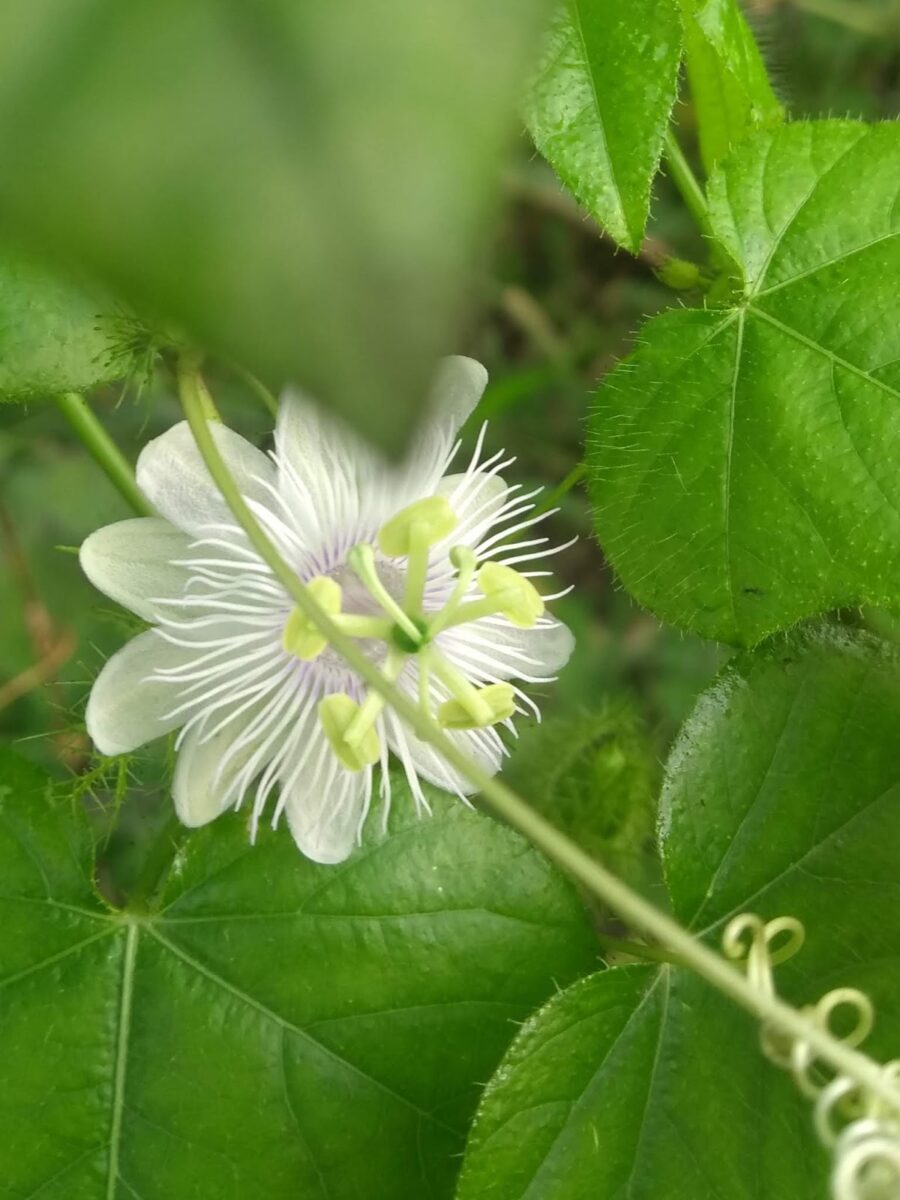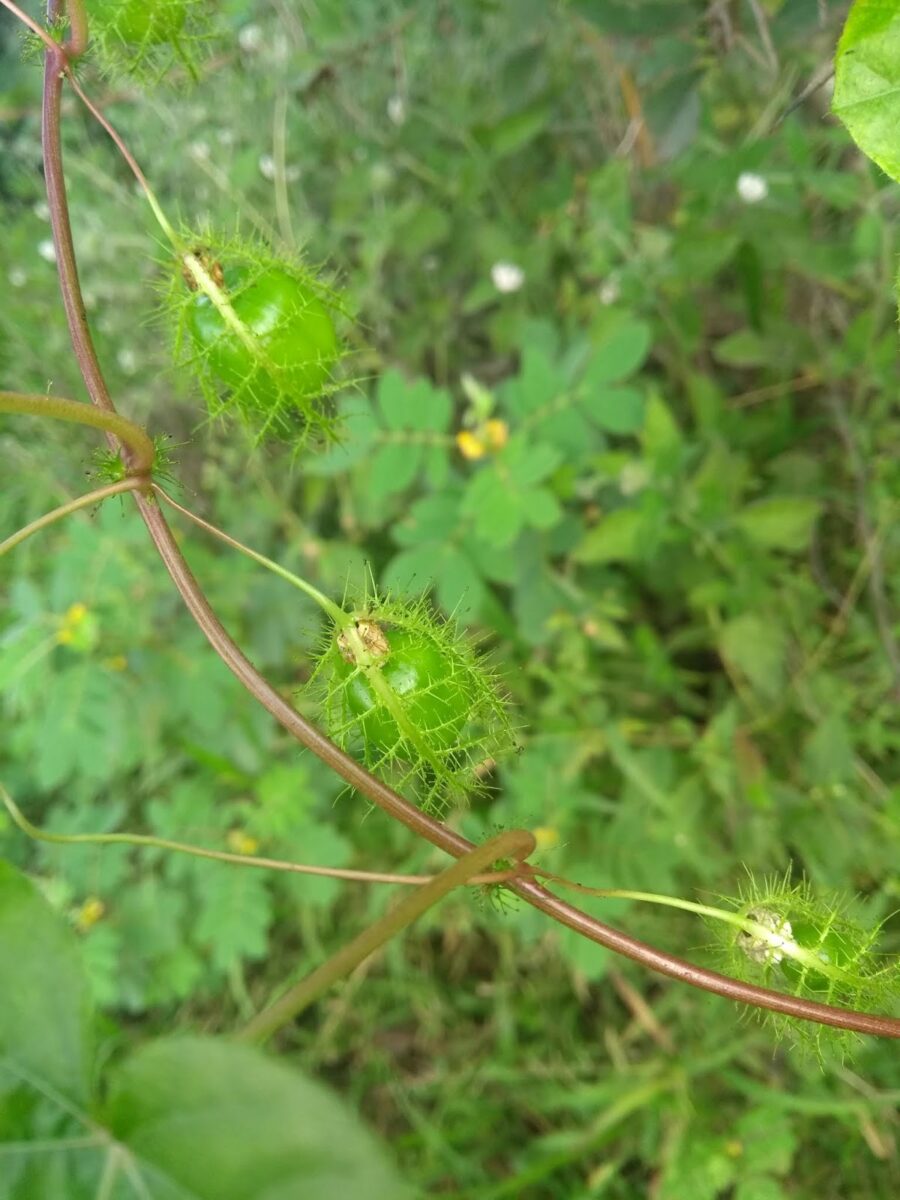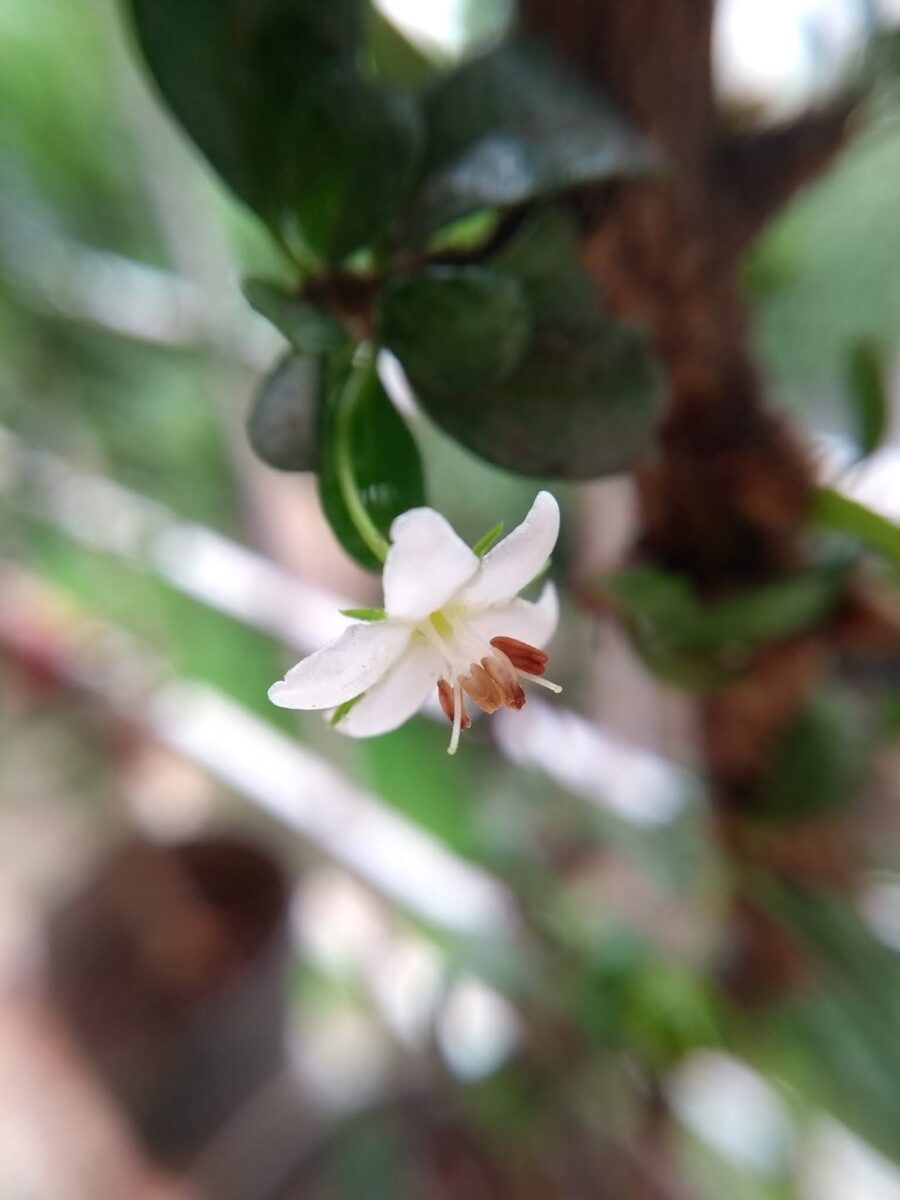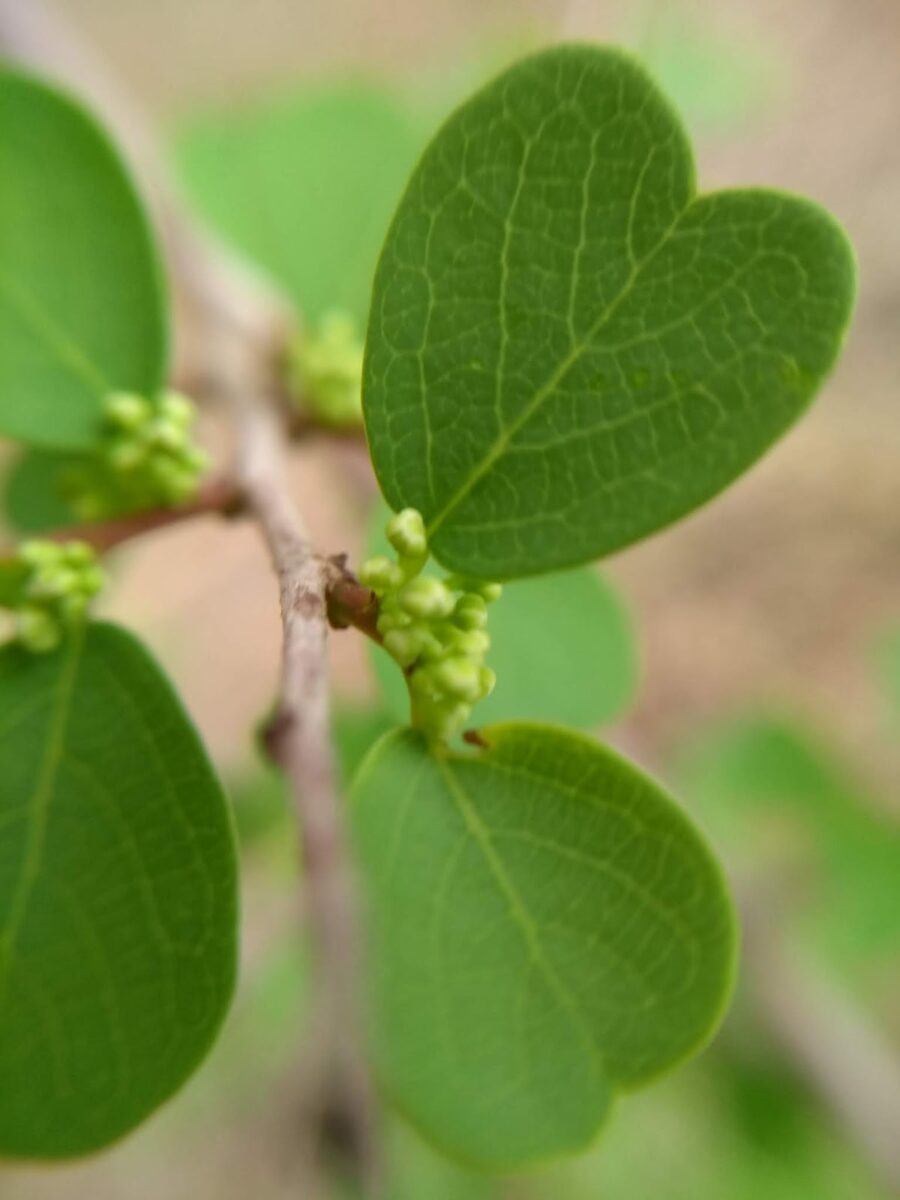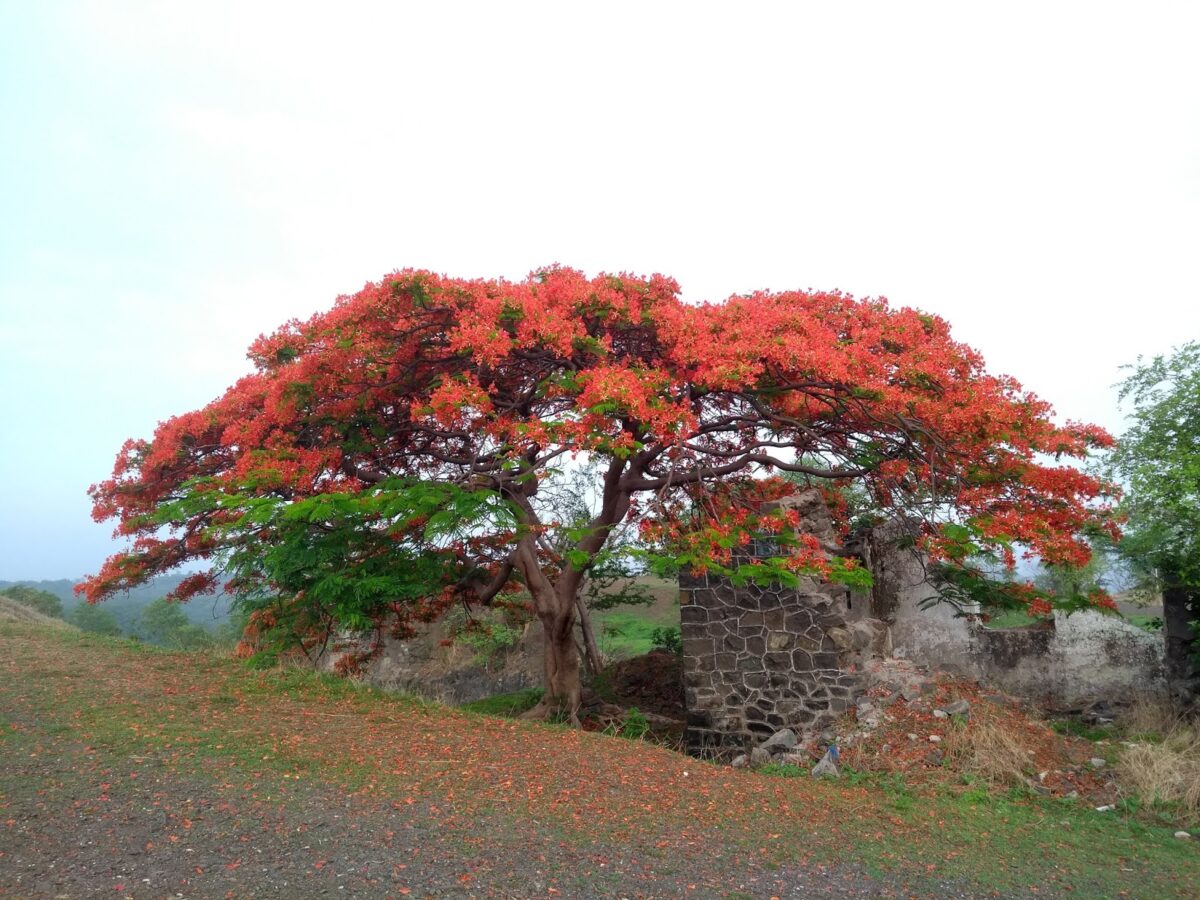Survivor (ThursdayTreeLove)
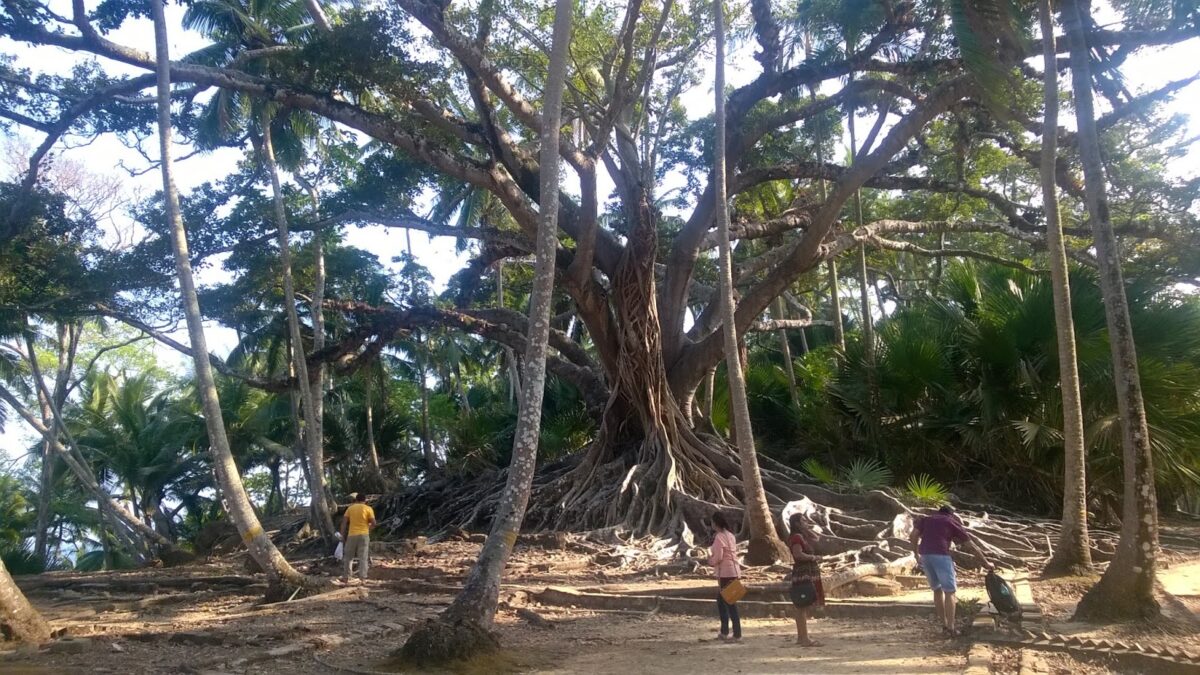

I am joining Parul in her ThursdayTreeLove bloghop. Do head over to see some amazing trees from around the world.
Better still, if you have a photo of a tree that has caught your eye, then do join us in this bimonthly tree fiesta!
Stay healthy and happy folks!
Network (Wordless Wednesday)
Monsoon Magic (Wordless Wednesday)
Monsoon Magic (Wordless Wednesday)
White Stars (Wordless Wednesday)
Green Hearts (Wordless Wednesday)
Mad Tree (ThursdayTreeLove)

Our guide very apologetically said, “This is the Mad Tree”. I was stunned. In whatever little bit I have read about trees and their names, I had never come across this one..
It was a wonderful tree, with a graceful buttress and showed nothing that would have earned it this title of being ‘Mad’.

In any tree, all leaves have the same shape but in this case, no two leaves are identical. This is said have earned it this name. It grows in the Acharya Jagdish Chandra Bose Botanical Garden in Kolkata and is the Buddha’s Coconut or Pterygota alata .
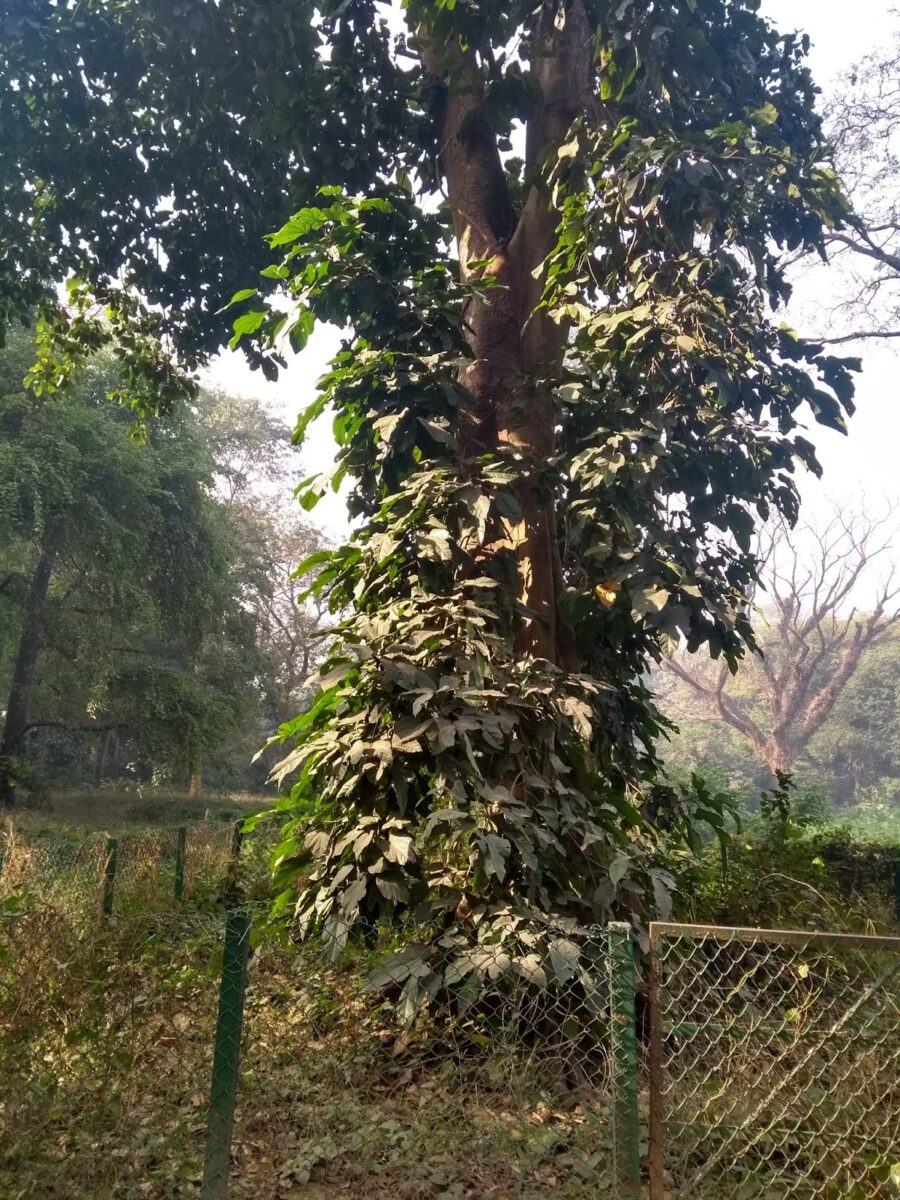
Its an evergreen species native to India and grows to be very tall. A beautiful stately tree.
I am joining Parul in her ThursdayTreeLove blog hop. Head over to see some wonderful trees from around the world.
Better still, join in!

